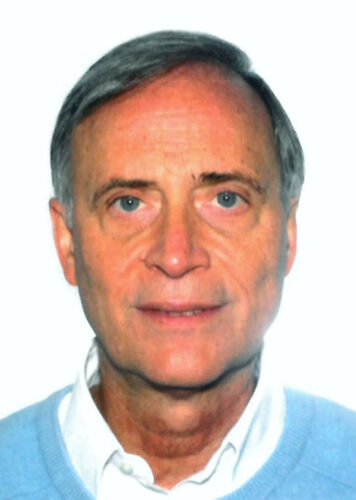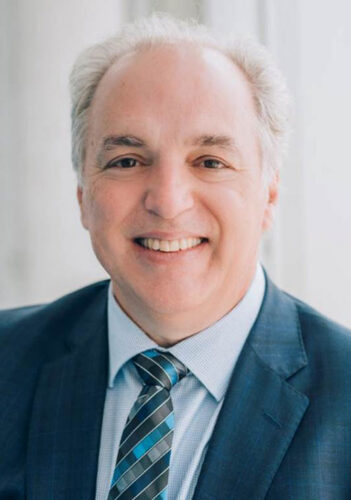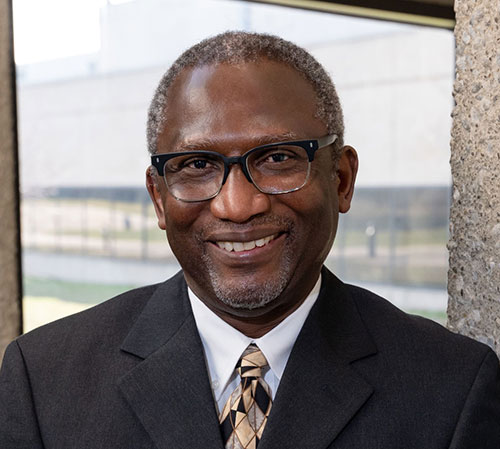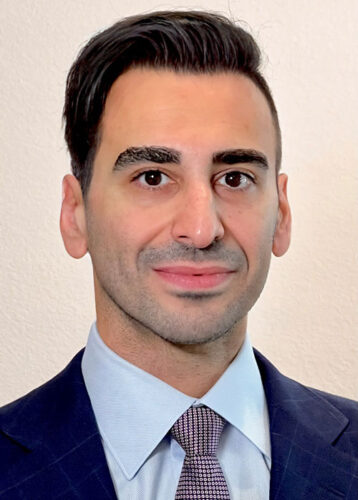Keynote Speakers
Monday, Sept. 18
Keynote talk 1
Professor Marco di Prisco, Ph.D.
Politecnico di Milano, Italy
FRC in structural codes: novelties and confirmations in the forthcoming Eurocode 2 and Model Code 2020
The current Eurocodes are under revision and estimated to be available in 2025. For the first time in European history, Eurocode 2: “Design of concrete structures” will be extended with a European-wide harmonized annex that covers steel fibre reinforced concrete. The work on Annex L – Steel Fibre Reinforced Concrete started in 2012 and significantly benefitted from the fib Model Code of Concrete Structures 2010. By using the latest scientific findings, the performance classes of Model Code 2010 were integrated in a powerful but easy-to-use design document that covers both ultimate and serviceability limit state for structural engineers. The new Model Code 2020 on existing structures and sustainability uses all types of fibres for generalized concrete to allow integration of the significant toughness in uniaxial tension to be integrated in the resistance equations of conventional concrete, thus guaranteeing a sustainable choice for the reinforcement while emphasizing high- and Ultra-high performance materials and hybrid solutions for the reinforcement.
Bio
Marco di Prisco is Full Professor of Structural Design at the Department of Civil and Environmental Engineering at Politecnico di Milano. His main research interests are constitutive modeling of advanced cement-based materials, fracture mechanics, reinforcement-concrete interaction mechanisms, sustainable design of new and existing R/C, P/C, FRC and TRC structural elements, prefabricated structures, structural response at exceptional loads, tunnel and bridge safety and R/C heritage structures. Author of more than 400 papers in the scientific literature, he is Series Editor of Lecture Notes in Civil Engineering for Springer-Nature, Springer Tracts in Civil Engineering and honorary editor of European Journal of Environmental and Civil Engineering. Presidium member of fib, convener of fib TG 4.1 on FRC, coordinator of the Committee for MC2020 chapters on FRC, convener of the Commission TC250/SC2/Wg1/TG2 to introduce FRC in EC2, coordinator of RILEM TC 288 on Impact & Explosion, he is responsible of the National Project Firmitas on multi-hazard assessment, control and retroFIt of bridges for enhanced Robustness using sMart IndusTriAlized Solutions. Expert of the National Superior Council of Public Works and member of the Standards Commission of the National Research Center, since 2018 he is Technical Director of DSC-Erba Company.

Keynote talk 2
Professor Bruno Massicotte, P.Eng., Ph.D., FCSCE, FACI
Polytechnique Montreal, Canada
Development of the Canadian Bridge Code for Structural Design of FRC Members
The Canadian Highway Bridge Design Code (CSA-S6), for its 2019 edition introduced a new chapter on Fibre-reinforced concrete (FRC) to provide an informative addition to Chapter 8 on Concrete Structures. The Annex specifies requirements for the design of structural components made of precast or cast-in-place FRC with prestressed or non-prestressed reinforcement. It covers the behaviour of tension softening FRC (TSFRC) and tension hardening FRC (THFRC) and considers the design for flexural applications using steel fibres as reinforcement.
The presentation will cover the objectives behind that code development and the direction for new applications. Similarities and differences with other international standards will be highlighted. Improvements are introduced to address the forthcoming 2025 Bridge Code edition along with the anticipated future developments.
Bio
ACI and fib member Bruno Massicotte is a Professor in the Group for Research in Structural Engineering in the Department of Civil, Geological and Mining Engineering at Polytechnique Montreal. He is a member of ACI Committees 239, Ultrahigh Performance Concrete, 342, Bridge Evaluation, and 544, Fiber-Reinforced Concrete, and of fib Task Groups TG2.5, Bond, and TG4.1, Fibre Reinforced Concrete. He is a member of the Canadian Bridge Code CSA-S6 Technical Committee, Chair of CSA-S6 Section 5 on Methods of Analysis, and member of CSA-S6 subcommittee on Fibre-Reinforced Concrete. His research interests include the structural use of fibre-reinforced concretes, bridge analysis, design and assessment, and advanced structural analysis of concrete structures.

Tuesday, Sept. 19
Keynote talk 3
Dr. Charles Nmai, PE, M.ASCE, FACI
Head of Engineering, Master Builders Solutions Admixtures US, USA
Application of UHPC Concept in Architectural Precast Concrete
Despite being introduced in the early 1990s, the acceptance and use of ultra-high-performance concrete (UHPC) in the U.S. has been a challenge for a variety of reasons. Increasingly though, several state departments of transportation are expressing interest in introducing UHPC in their bridge projects, supported by the Federal Highway Administration (FHWA) research as well as research done by universities. In 2022. the Precast/Prestressed Concrete Institute (PCI) published PCI TR-9-22, “Guidelines for the Use of Ultra‐High‐Performance Concrete (UHPC) in Precast and Prestressed Concrete” to facilitate technology transfer for the use of non-proprietary cost effective UHPC as a structural material for precast and precast, prestressed concrete structural members. This presentation will focus on the concept of UHPC in architectural precast concrete applications, including facades and wall panels, using synthetic fibers.
Bio
Dr. Charles K. Nmai is Head of Engineering at Master Builders Solutions in Beachwood, Ohio, USA where his responsibilities include providing technical leadership and strategic guidance in the marketing of admixtures, fibers, high-performance concrete technologies, and technology transfer. A Fellow of the American Concrete Institute (ACI), Dr. Nmai was ACI President (2022-2023) and is currently a member of the Board of Direction of NEU, an ACI Center of Excellence for Carbon-Neutral Concrete. He is also actively involved in other technical organizations and an honorary member of ASTM Committee C09, a past-president of the Fiber-Reinforced Concrete Association (FRCA), and a member of the Precast/Prestressed Concrete Institute’s (PCI) Concrete Materials Technology committee. Dr. Nmai is a licensed professional engineer in the State of Ohio.

Keynote talk 4
Dr. Mehdi Bakhshi, Ph. D., FACI
Associate Vice President, Lead Tunnel Engineer, AECOM, USA
Fiber-Enabled Carbon Footprint Reduction in Design and Construction of FRC Tunnel Segments in North America
Bio
Dr. Mehdi Bakhshi, PhD, PE, is a Lead Tunnel Engineer and Associate Vice President at AECOM. With over 20 years of experience in civil, tunnel, and geotechnical engineering, he has played a pivotal role in design and construction of more than 20 tunneling mega projects in the North America and worldwide. His work is focused on design of initial, final and segmental concrete lining, shotcrete, concrete mix design optimization, concrete durability, service life analysis, repair, sustainability and carbon saving. Holding a Ph.D. in Civil Engineering from Arizona State University, he’s authored more than 80 journal and peer-reviewed conference papers, contributing significantly to the field. As Fellow of American Concrete Institute, voting member of several ACI committees and Chair of ACI Sub-Committee 544A FRC-Production & Applications, he continues to drive innovation in concrete practices especially using fiber reinforced concrete.
